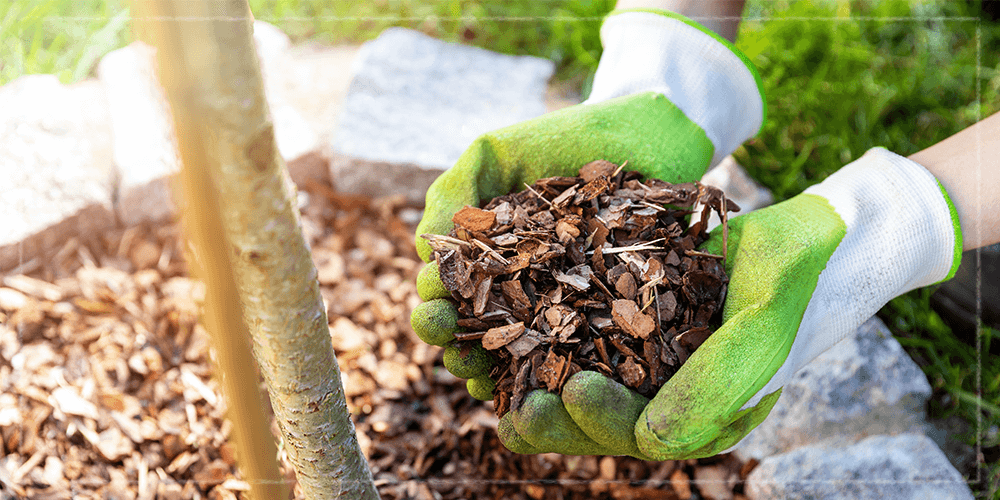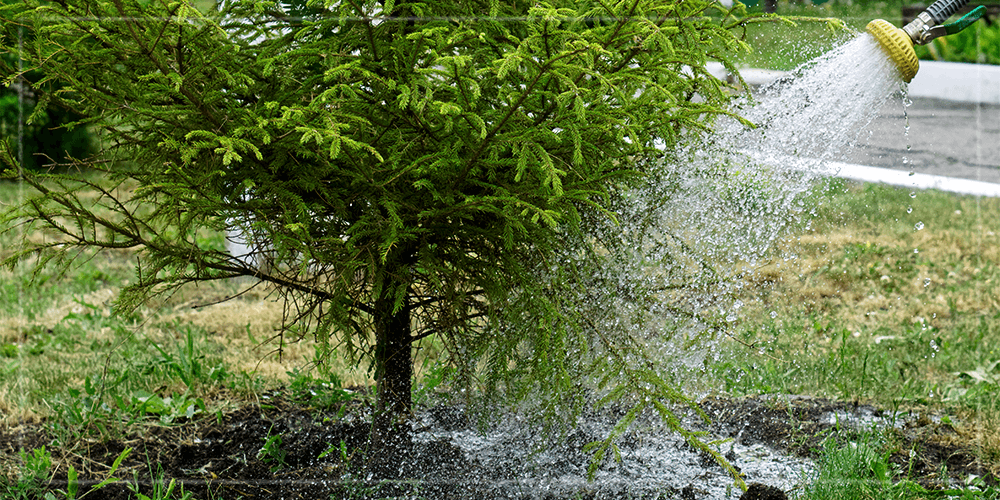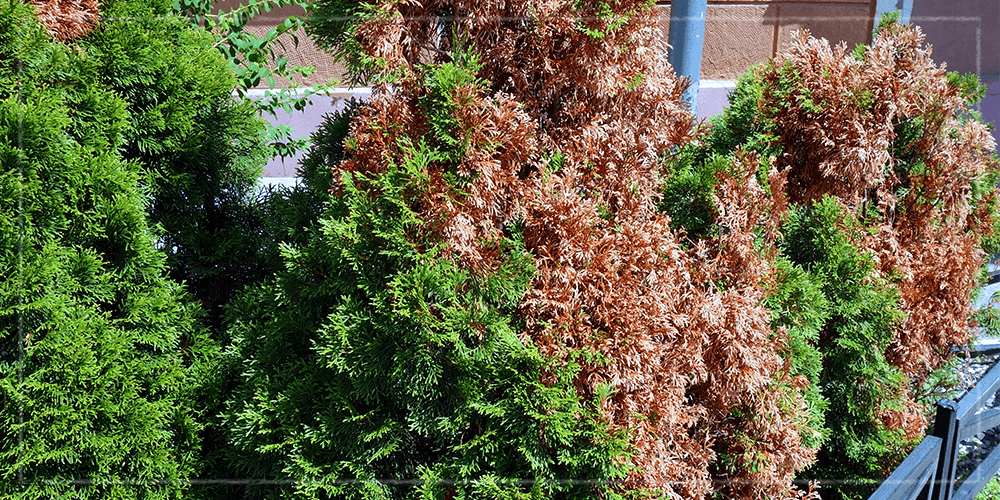Summertime brings plenty of fun in the sun, but it’s important to pay extra special attention to watering your garden and landscape this time of year—especially new plantings. While it might be easy to assume that trees and shrubs can adapt to their landscape and don’t need as much attention as flowers do, this is not necessarily true. If you have new trees, shrubs or perennials on your property, you may be wondering how to water them. Follow this simple guide of tips on what to do and what not to do when watering this summer.

How to Water New Trees, Shrubs, and Perennials
New plantings need particular attention during the first year after they have been planted. In general, new plantings need approximately one to three inches of water per week, so ensure they get this through manual watering or Mother Nature.
Before we dive into watering (pun intended), it’s imperative to ensure you plant everything properly first. Here is a general overview of the proper planting technique to get things started correctly (this may not apply to all plantings, but in general is accurate for most, so when in doubt speak to a specialist before planting):
- Dig a hole twice as wide as the root ball.
- Ensure the hole is as deep as the root ball, no deeper. You don’t want to suffocate your new planting.
- Water deeply right after planting to eliminate air pockets in the soil.
- Mulch to conserve water, and insulate the new roots from temperature extremes.
Now, let’s look at how to keep these new plants happy in long-term:
New Trees: We encourage watering young trees deeply once or twice a week. Doing this will encourage the tree to grow deeper, healthier roots which, in the long run, are less likely to sustain damage during dry periods. Younger trees do require more frequent watering than well-established ones, but even a mature tree will need deep, regular, weekly watering during periods of hot, dry summers when we are not getting any rain for weeks at a time. Continue watering your trees until there is a sufficient amount of rain or until winter rolls around. As a general rule: New tree plantings can take up to one year to become established, so until then be sure to baby it.
In particular, evergreen trees can trick you as they tend to react slowly, and once you notice a change, it can be too late. Their needles may appear green and lush even when they are under stress; it often takes time for the outward appearance of an evergreen to reflect this stress, and once yellowing needles appear, the damage is done.
New Shrubs and Perennials: The timeline for establishment varies depending on the plant but in general new annuals, perennials and shrubs establish relatively quickly; with larger shrubs potentially taking as long as a new tree to fully establish. With that in mind, the frequency of watering will vary based on the type of plant; it will also vary depending on weather and soil quality. For example, sandy soils will drain more quickly than clay soils, and shallow-rooted shrubs such as hydrangeas or azaleas will dry out more quickly than plants with deeper rooting systems.

When to Water in the Summer
A general rule of thumb for watering not only trees, but all plants really, is to try to do so either in the morning or in the evening. If you water during the hottest portion of the day in the summer (between 10 a.m and 6 p.m.), it’s a bit of a waste of resources as a lot will be lost to evaporation. This means that your plant may not get enough water, or you’ll have to use significantly more water to ensure that it does.
In the days after planting, physically check the top of the root ball and see or feel if it is dry. You must put real effort into looking and/or feeling the plant’s root ball to assess its water needs. This is how to protect your investment!
- If you planted too deeply, you won’t be able to see the top of the root ball, and you will need to replant it higher.
- If you put mulch on top of the root ball, it’s ok, just move it around a little so you can see or feel the root ball.
- If the root ball is dry, water it, if it’s not, hold off watering and recheck tomorrow. Make sure the entire root ball receives water.
- In rainy weather, the ground may be wet, but the root ball of your plant could dry out before the roots grow into the surrounding soil. So check for water needs even during bouts of rainy weather.

Chronic overwatering and underwatering can show the same symptoms in plants. Chronic overwatering causes plant roots to die in two ways.
- They are suffocated and deprived of gaseous oxygen.
- The overly wet environment is a good place for root rotting pathogens to grow.
Once the roots die, they cannot move water up into the plant and the plant actually looks like it’s thirsty or drying out.
Being the sole water provider for your landscape during a long, hot, summer can feel like a bit of a heavy task—but it doesn’t have to! With the right tools, knowledge, and understanding, you should be able to keep your trees, shrubs and perennials nice and healthy—even in the most challenging conditions. Stop by Carolina Seasons Nursery if you have any questions about tree maintenance or are on the hunt for the perfect new plant to add to your yard!

